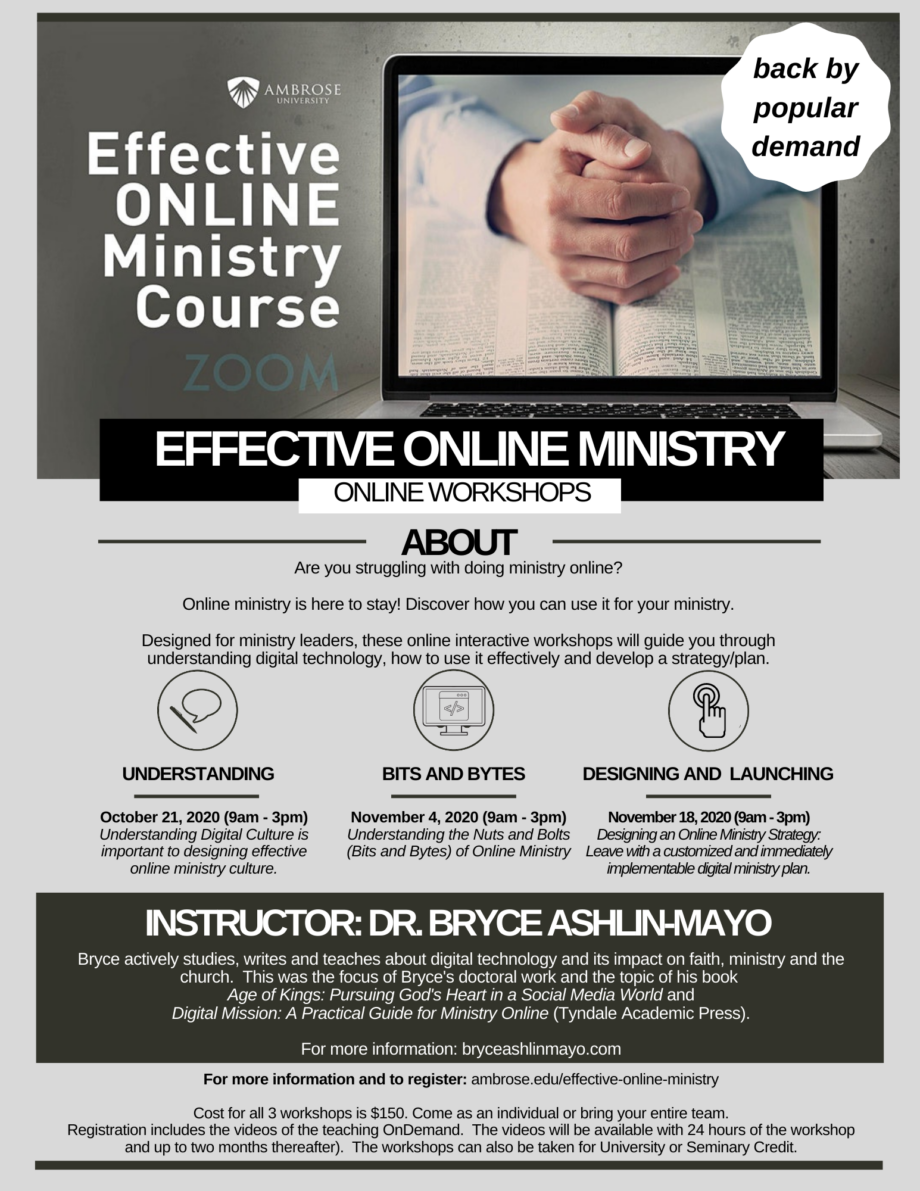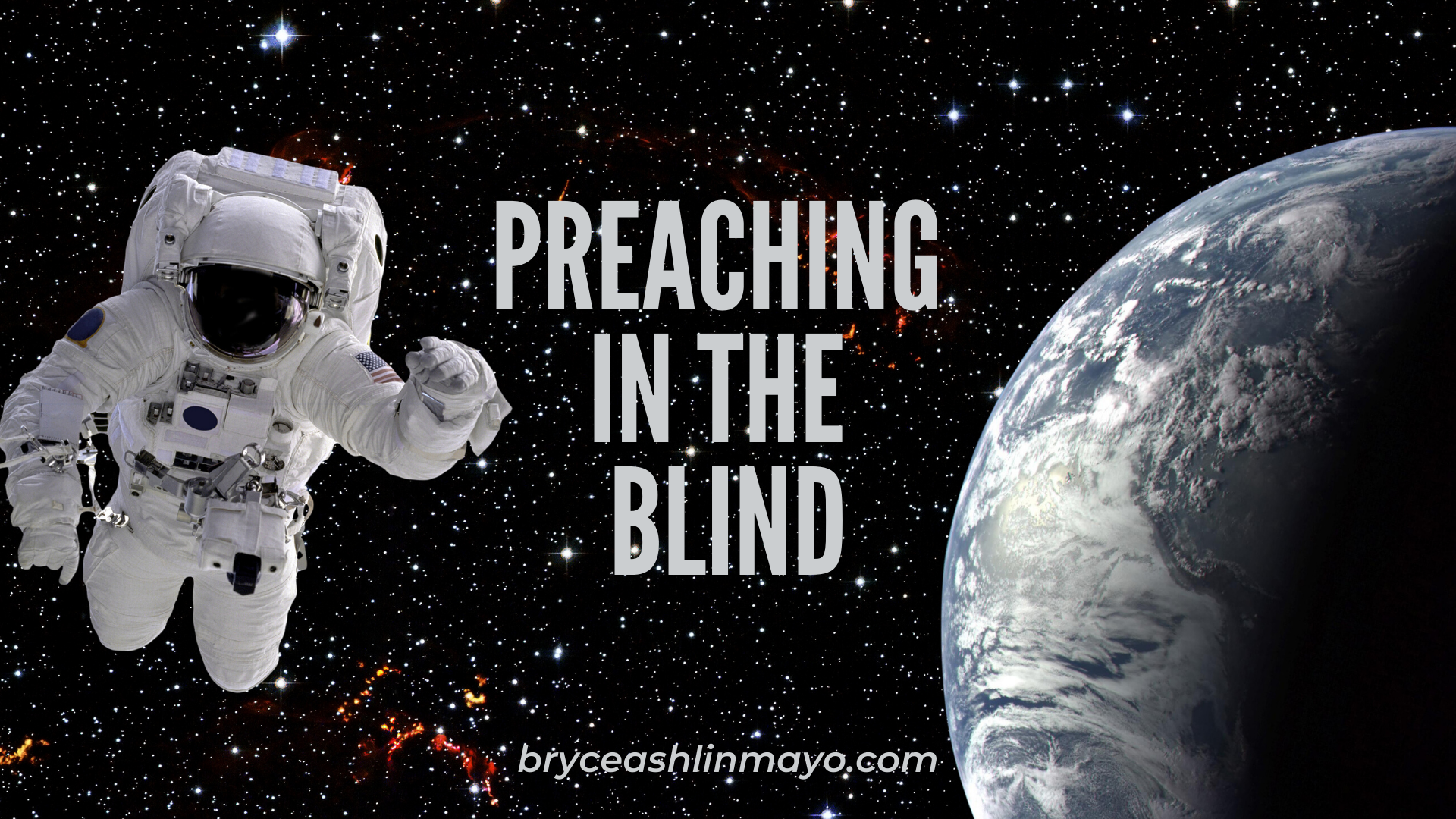As we move out of the Covid-19 pandemic and into our new normal, each jurisdiction will follow its own timing and process. Whatever your area’s timeframe and reopening plans look like, it is important not to miss the following as you prepare to regather in-person.
Don’t Move Too Fast
Be cautiously optimistic. The future is positive (we are almost at the end of this), but don’t put all your eggs in a fast-reopening basket. If you are in Canada, most provinces have reopening plans that are tied to various factors (vaccinations, hospitalization, R-factor, etc.) which can change for various reasons (it would not be the first time we have had to move back a stage or delayed a plan’s progression). Therefore, have plans for multiple scenarios and know that a delay or regression in a planned reopening is possible. As with all things in the pandemic, be prepared to pivot fast and embrace short-term planning (recognizing the futility of long-term plans in a fast-changing environment).
Don’t Expect a Flood of Attendees as you Open
Recognize that as things open back up, some people will still be cautious (for many reasons). Don’t be discouraged if attendance doesn’t instantly rebound to pre-pandemic levels. Realistically, some people may not come back, and some people won’t feel comfortable for a while. Pre-emptively protect yourself from discouragement if your attendance isn’t bursting at the seams and all your people are not as excited as you are to be back in-person right away.
Don’t Ignore People’s Concerns
As you prepare to regather in-person, know that some people will be cautious. Handshakes, hugs, and close contact will not be as welcomed as they were pre-pandemic. People will need increased physical space. This will change over time, but it is key to honour people’s personal space as they re-engage. Consider making it clear that masks are ok for those who will continue to wear them, create seating areas that honour more socially distanced spaces, and don’t push people faster than they are ready to go.
Don’t Lose what You have Gained
I can’t stress this enough! For all the challenges of this last year, we gained so much knowledge, creativity, innovation, and new approaches in the Covid season. Make it a point this summer to list all the things you learned, tried, and found success in and commit to keeping those learnings into the future. Don’t lose your advancements in online ministry. Don’t ignore all Covid taught you about congregational care and engagement. Don’t forget all the insights about ways to serve your neighbourhood and community. This may seem simple and obvious, but the temptation to fall back into all the well-worn pre-Covid ministry ruts is real. Be intentional and strategic about the things you will keep doing as well as the things you will go back to.
Don’t Miss the Opportunity
As you move to regather, don’t miss the opportunity to rethink things. Although you will be tempted to go back to the way things happened pre-pandemic, this is a time to make some systematic changes. Use it to rethink your Sunday services, your community engagement, your children’s ministry, your youth ministry, your discipleship pathways, your congregational care strategy, etc. In the rush to the familiar don’t miss the opportunity for change and increased effectiveness.
There is no doubt that this is an exciting time. I am looking forward to re-engaging with my congregation in-person, but I am also aware of our human nature and don’t want to miss out on all that God wants to teach us as we move into the future on mission.






